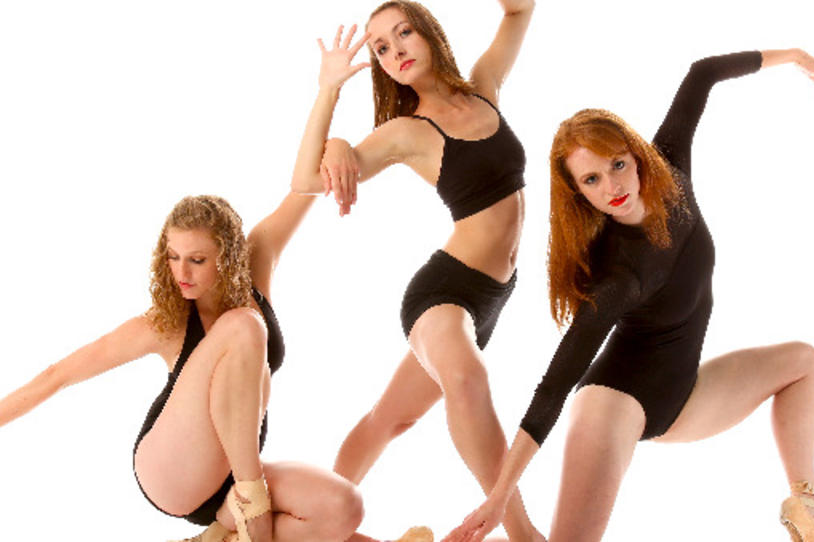
Artist Frank Ferraro compares his Parkinson’s disease to having his left leg is nailed to the floor, forcing him to constantly walk in circles. It’s a feeling that's familiar to many people with Parkinson’s disease, but one that's difficult for those without the disease to grasp. Choreographer Maria Caruso is looking to change that with her original ballet called Left Leg, Right Brain (The Frank Ferraro Story). The piece will be performed at the Byham Theater in Pittsburgh on February 21 and 22.
As artistic director of Bodiography Contemporary Ballet Pittsburgh, Caruso has put on shows that take on challenging physical and mental health experiences, such as heart disease and childhood bereavement. While Caruso usually shares multiple families’ experiences in her shows, she knew she wanted her Parkinson’s disease performance to focus on just one person.
“We wanted to exemplify to the audience that while Parkinson’s is a degenerative disease and it affects physicality, it doesn’t affect who they are as a person,” Caruso says. The piece aims to express that while the “left leg” may be immobilized, the “right brain” continues to think creatively. “It doesn’t take away from the beauty of the individual," she says.
Different scenes in the show mimic the stages of Parkinson’s disease progression. It opens with the entire company performing on the stage, representing a body functioning at full capacity. In addition to dance, the performance also includes video footage of interviews with Ferraro – Caruso compares the format to Interview with a Vampire. After the video shows Ferraro being diagnosed, performers leave one by one until just a solo act remains.
“I think it will be a very poignant visual representation of what it’s like to live with the disease, going from the clean, pulsating movement, to this softer more somber movement that is really expressive of being more alone,” says Caruso.
Beyond the show, Caruso has written a book on using dance to treat neurological and movement disorders, and plans to work with a neurologist to offer healing dance classes to patients with a variety of conditions.
From the performance to her innovative classes, Caruso hopes her work can help people with Parkinson’s and their loved ones feel less alone in their experiences, despite the sometimes-isolating nature of the disease.
“I feel very blessed and privileged to be an artist who can use movement to be expressive of the shared human condition and let people know that they’re not alone,” says Caruso. “Life is just so much better shared when you realize you’re not alone.”